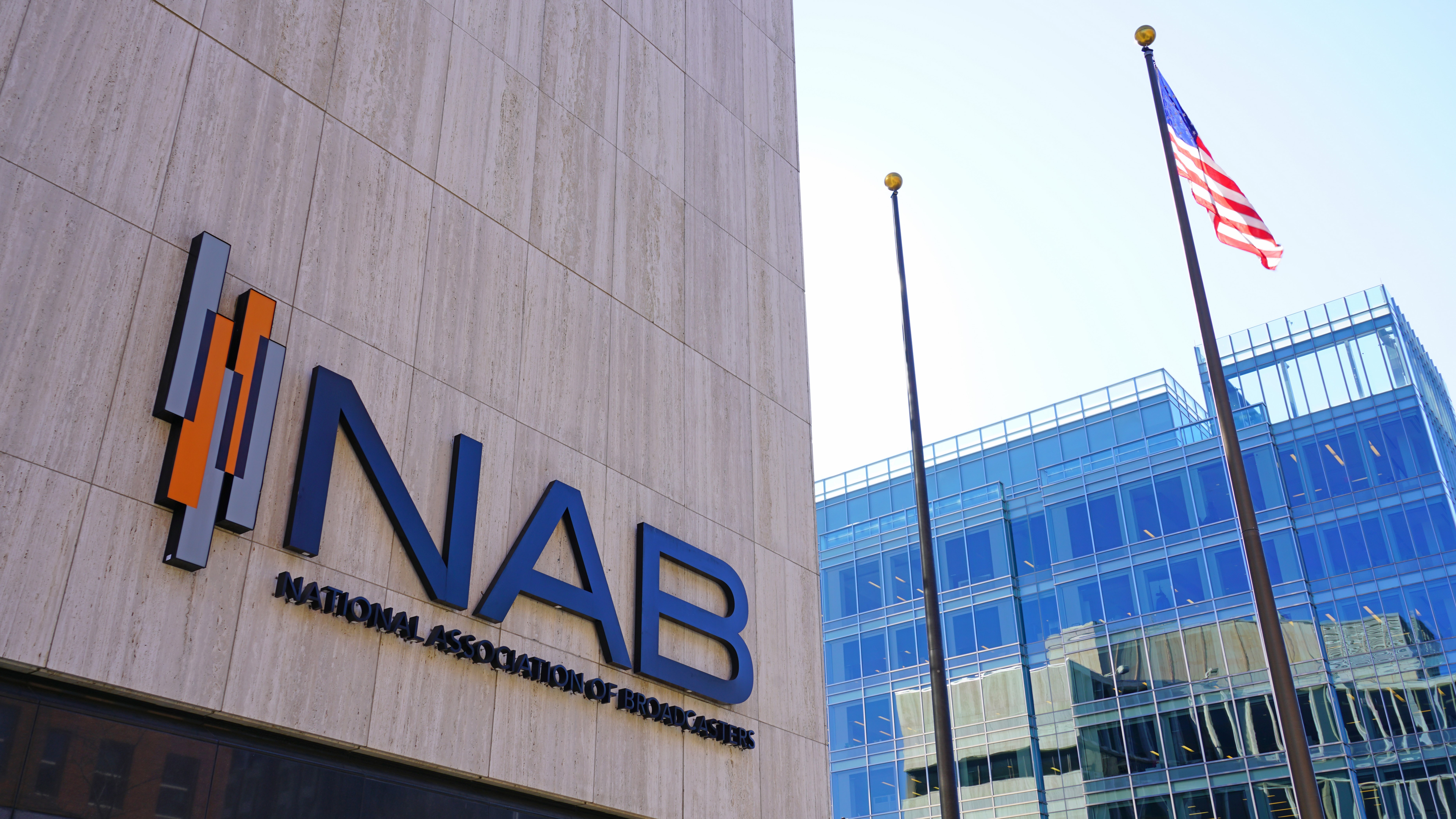NAB Seeks Delay of FCC’s New Video Description Rules
Says current date of Jan. 1, 2021, could create undue burden on some broadcasters

WASHINGTON—The NAB is in support of the FCC’s proposal that extends coverage of its video description rules, but it believes that delaying the Jan. 1, 2021, deadline for adding video description would ensure that broadcasters are not subject to administrative burdens, particularly because of the impact of the COVID-19 pandemic.
In a Notice of Proposed Rulemaking, the FCC has proposed that its video descriptions rules be extended to 10 additional markets over the next four years, as of Jan. 1, 2021. This would impact TV stations in the 61-100 designated market areas (DMAs).
The NAB says that TV broadcasters strongly support the goal of the Twenty-First Century Communications and Video Accessibility Act of 2010 (CVAA) that is the catalyst for the commission’s proposal.
The CVAA is meant to improve the ability of blind or visually impaired individuals to enjoy visual programming. The CVAA also supports the FCC proposal of expanding video description rules as long as it determines the costs are reasonable to program owners, providers and distributors.
The FCC says that the situation has met those needs because the cost of adding video description have held steady since 2017; the stations in the 61-100 DMAs are already required to have the technical capability to deliver a secondary audio stream geared toward the blind or visually impaired; and that its rules already require network affiliated stations to pass through video description if the network provides capable programming and the station has the ability to do so.
NAB says that it has no reason to doubt the FCC’s conclusions, but it is still seeking a delay from the Jan. 1, 2021, date to Oct. 1, 2021, so that station’s negatively impacted by COVID-19 are not put under administrative burden to adhere to video description rules.
COVID-19 has greatly impacted the advertising revenue for stations. NAB notes that some are “predicting a downturn in the advertising market more severe than during the Great Recession,” and that the financial impact for broadcasters could be long lasting.
The professional video industry's #1 source for news, trends and product and tech information. Sign up below.
This is compounded by the fact that stations in the 61-100 DMAs often have different viewership and advertising revenues than stations in higher ranked markets, NAB says. It also argues that many stations have already started their budget planning for 2021, and to make them adapt to a that would take effect as early as Jan. 1 could create problems.
“This reasonable nine month extension would provide TV stations the time needed to evaluate, incorporate and reflect the costs of video description in their budgets,” the NAB said. “More importantly, a slight delay will allow broadcasters time to pivot onto more stable financial ground as the pandemic hopefully dissipates during the coming months. … Overall, NAB submits that any perceived downside of such a brief extension is far outweighed by the concrete benefits to the covered stations of a longer runway before the cost of compliance with the video description rules hits their bottom line.”
The NAB’s full comments are available online.
